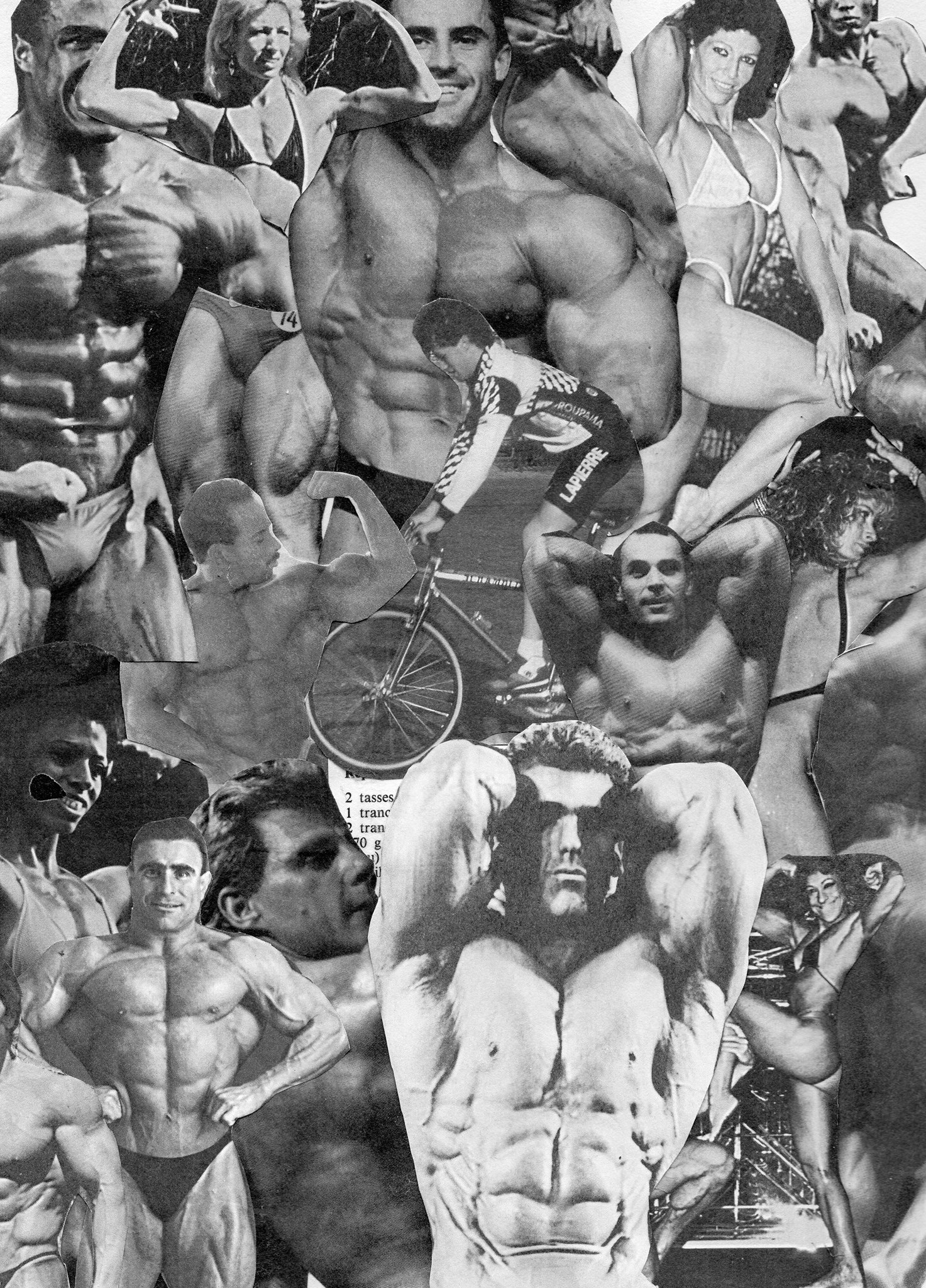In an early episode of Sex and the City, Carrie narrates her and Miranda’s experience at an aerial yoga class—New York’s latest craze in fitness circa 1998. Although aiming to distract themselves from boy problems through exercise, the women really just end up lying in the hammocks for the duration of the class. This moment from one of television’s best shows highlights a simpler time in the world of fitness. While already entrenched in the commercial sector, fitness had yet to meet the technological advancements of the following decade. So how has the advent of smartphones and social media contributed to an irreversible shift in the way we approach exercise? A more exclusive, arrogant, and performative culture seems to have emerged.
First, to fully understand the emergence of “gym culture,” one must understand the widespread commercialization of fitness which took place in the latter half of the twentieth century. The first health clubs being opened in the 1950s signalled the individualization of physical activity. Perhaps more importantly, aesthetic ideals began to be marketed as achievable. Gym culture originally revolved on a shared public preoccupation with personal fitness and a general desire for bodily improvement, whether superficial or not. However, the incredibly lucrative health and fitness industry quickly expanded to include gadgets, various meal plans, and dietary supplements geared to your desired physique, and an array of exercise routines promising to naturally lift your butt in exactly 32 days, or sculpt absolutely sick abs. Gym culture began to rub shoulders with the accompanying corporate and individual branding which flourished in an infinitely fertile market. In turn, gym culture took on more performative aspects, as well as emphasis on competition and pushing beyond personal limits. The extreme of this was the “gym, tan, laundry” routine depicted in the 2009 MTV series Jersey Shore.
Newer developments have also made an impact. Social media’s role in reshaping gym culture lies in the space created for viewing “inspiration,” tracking progress, or displaying one’s gains. This is shown primarily on fitness blogs, or platforms like Instagram. While positive effects such as increasing the accessibility of work-out plans and general fitness knowledge cannot be dismissed, it is difficult to separate social media’s positive role from the more negative aspects of gym culture. Chiefly, the temptation to compare oneself to others or obsess over the vast array of information on diets and exercise. Moreover, the New York Times reported this summer on increased instances of a rare, life-threatening condition among participants of high-intensity workouts such as SoulCycle or CrossFit. Rhabdomyolysis, or rhabdo, is a symptom resulting from the atrophy of muscle fibers. It can be caused by overworking, and was most common among soldiers and firefighters, but the “going as hard as you can” culture apparent in several group fitness classes has led to severe self-induced muscle strains. With social media enabling the sharing of regimens, tips, and photos, gym culture has been heightened to extreme and unsustainable levels. Comparison and competition have bolstered exclusivity, and has created a stark divide between casual fitness and gym culture. Where is the line between the two? Should there even be one?
The leisurely days of Miranda and Carrie’s recreational fitness and guilt-free opt-out have permanently been replaced with a culture far more intimidating, intense, and performative. Regardless, it is still important to exercise (and of course, it feels good!). Maybe in the future, gym culture will find a balance between casual fitness and intense activity.

